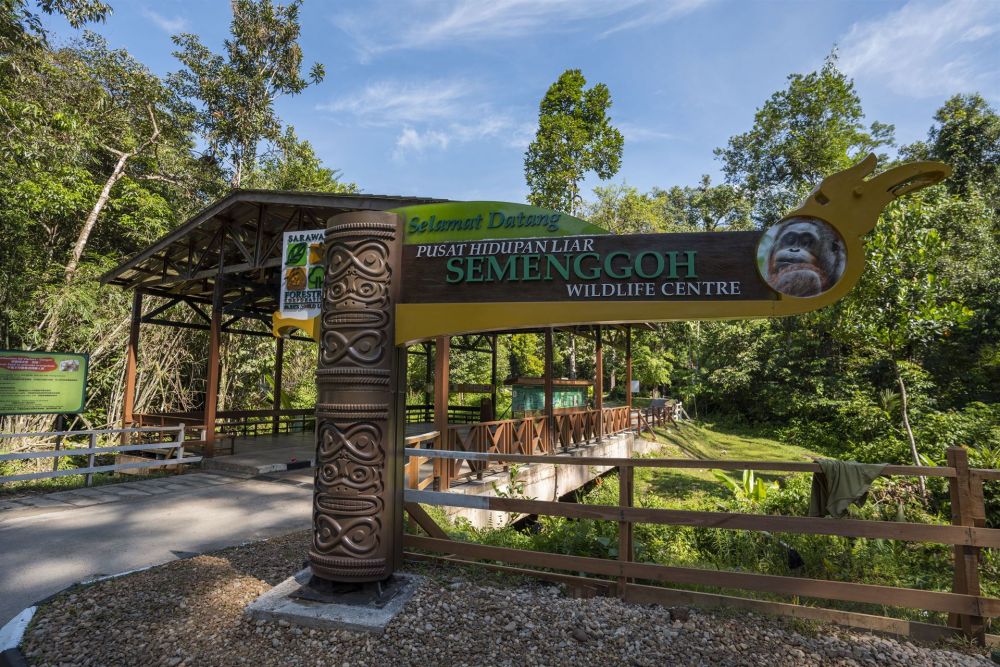

Established in 1975, the Semenggoh Nature Reserve, also known as Semenggoh Wildlife Centre, has been a sanctuary for the rehabilitation of various endangered species of wildlife found in Sarawak, with a particular focus on the rehabilitation of orangutans that have been orphaned or rescued from captivity. The Nature Reserve is situated approximately 24 kilometers south of Kuching, the capital city of Sarawak, Malaysia, within the lush Bornean rainforest. It spans an area of 740 hectares and serves as a natural habitat for a diverse range of flora and fauna.
The opening of the Semenggoh Wildlife Centre for rehabilitation initially focused on conservation efforts and was not intended as a tourist destination. However, over time, awareness of the plight of orangutans grew, and public interest in the conservation program led to an increase in visitors to the reserve. Visitor engagement became part of the conservation efforts, with tourism revenue helping to fund the growing needs of the sanctuary. The center became a popular destination for those interested in ecology, conservation, and wildlife.
In the early years, tourists could witness orangutans in a semi-wild environment and learn about the conservation work being carried out by the center. As the number of visitors increased, facilities and programs were developed to enhance the tourist experience while ensuring that the primary focus remained on the well-being and rehabilitation of the wildlife.
In recent years, ecotourism has become one of the prevailing trends in the industry, with travelers becoming more environmentally conscious and seeking experiences that are sustainable and responsible. The Semenggoh Wildlife Centre aligns well with these values, providing an opportunity for tourists to observe orangutans and other wildlife in their natural habitat while promoting conservation and education.
Visitor experiences at the Semenggoh Nature Reserve include guided tours, educational talks, and the much-anticipated feeding times, which allow visitors to see orangutans descend from the trees for a feast provided by the rangers. These encounters are conducted with the utmost respect for the animals and the environment, ensuring that human presence does not disrupt the natural behavior of the resident wildlife. Additionally, the center has increased its efforts in research, with studies on orangutan behavior and reproduction, contributing valuable data to the global scientific community.
The COVID-19 pandemic brought significant challenges to the tourism sector worldwide, and Semenggoh Wildlife Centre was no exception. Travel restrictions heavily impacted visitor numbers. As global travel resumes, new safety and health protocols have been implemented to ensure that both visitors and wildlife are protected, with measures like capacity limits for visitor groups and mandatory mask-wearing in close-viewing areas.
Today, the Semenggoh Nature Reserve continues to be a must-visit destination for nature lovers and those hoping to learn about wildlife conservation in Malaysia. Its commitment to the preservation of endangered species and the education of the public makes it a shining example of how tourism can play a positive role in conservation efforts.
Planning a visit to the Semenggoh Nature Reserve is an opportunity to witness the incredible work being done to rehabilitate and protect one of the most intelligent primates on our planet, while also contributing to the vital mission of preserving the natural richness of Borneo for future generations.